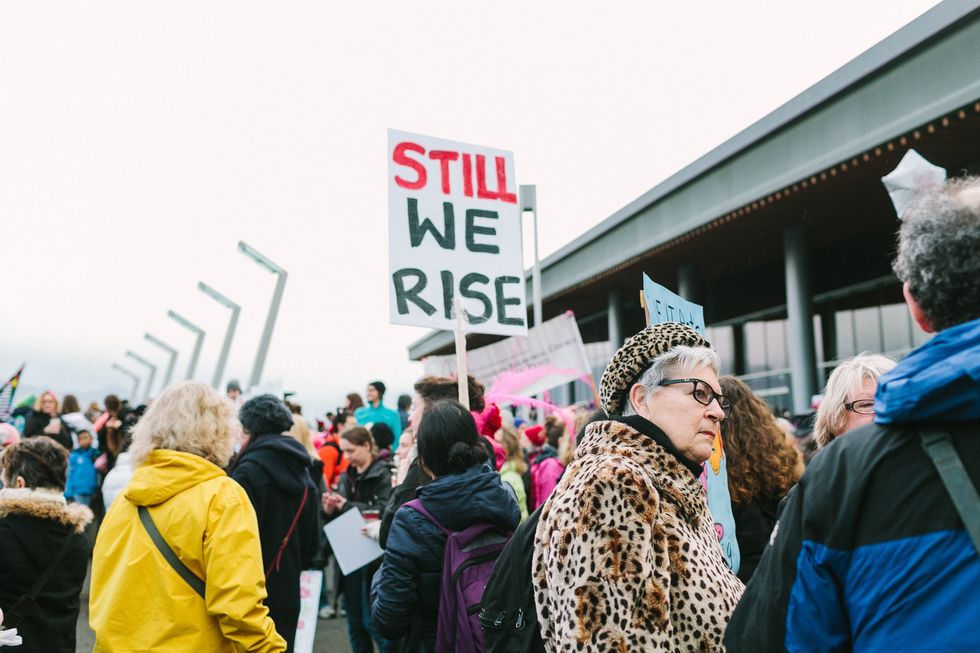First off, there have been two major movements prior to the type of feminism we see today:
First-wave Feminism
During the nineteenth and early twentieth centuries, women fought for the right to vote. First-wave feminism began from controversies over gender differences during the Enlightenment. The political origins came from the French Revolution, which raised freedoms and political rights as its central objectives. The problem was clear: liberal revolutions were all fine and dandy, but they had not included women. By 1920 in the US, the 19th Amendment was signed into law, and in 1928 all UK women were granted the right to vote equally among men in the UK.
Second-wave Feminism
Second-wave feminism began in the US during the early 1960s and focused on a wide range of issues following the legal obstacles of first-wave feminism. It centered around reproductive rights, sexuality, family, and workplace ethics; a lot of issues which are still prevalent today. According to several sources, many historians view the “second-wave feminist era in America as ending in the early 1980s with the intra-feminism disputes of the feminist sex wars over issues such as sexuality and pornography, which ushered in the era of third-wave feminism in the early 1990s.”
Third-wave Feminism
This is where things get tricky. Feminism nowadays is interpreted as a continuation of the “perceived failures of second-wave feminism.” It is ultimately a movement for women as independent individuals.
There have been attempts to include women of various ethnicity, religion, and nationalities. Another difference between third-wave feminism and the previous movements is that women are overturning the idea of playing the “victim.” Unfortunately, due to the diverse agendas put forth from different groups of feminists, third-wave feminism often appears disorganized, ambiguous, and sometimes offensive towards other groups of people.
There are five primary focuses of third-wave feminism:
- Responsible choice grounded in dialogue,
- Respect and appreciation for experiences and dynamic knowledge,
- An understanding of 'the personal is political' that incorporates both the idea that personal experiences have roots in structural problems and the idea that responsible, individuated, personal action has social consequences,
- Use of personal narratives in both theorizing and political activism, and
- Political activism as local, with global connections and consequences.
Third-wave feminism can absolutely be all-inclusive if we all follow these five guidelines. Having diverse goals is not a bad thing; it is proof that women are winning what they are fighting for – individuality. What we do need to keep in mind is that for one group to win (however you define the specifications for any given group), nobody has to lose.



















